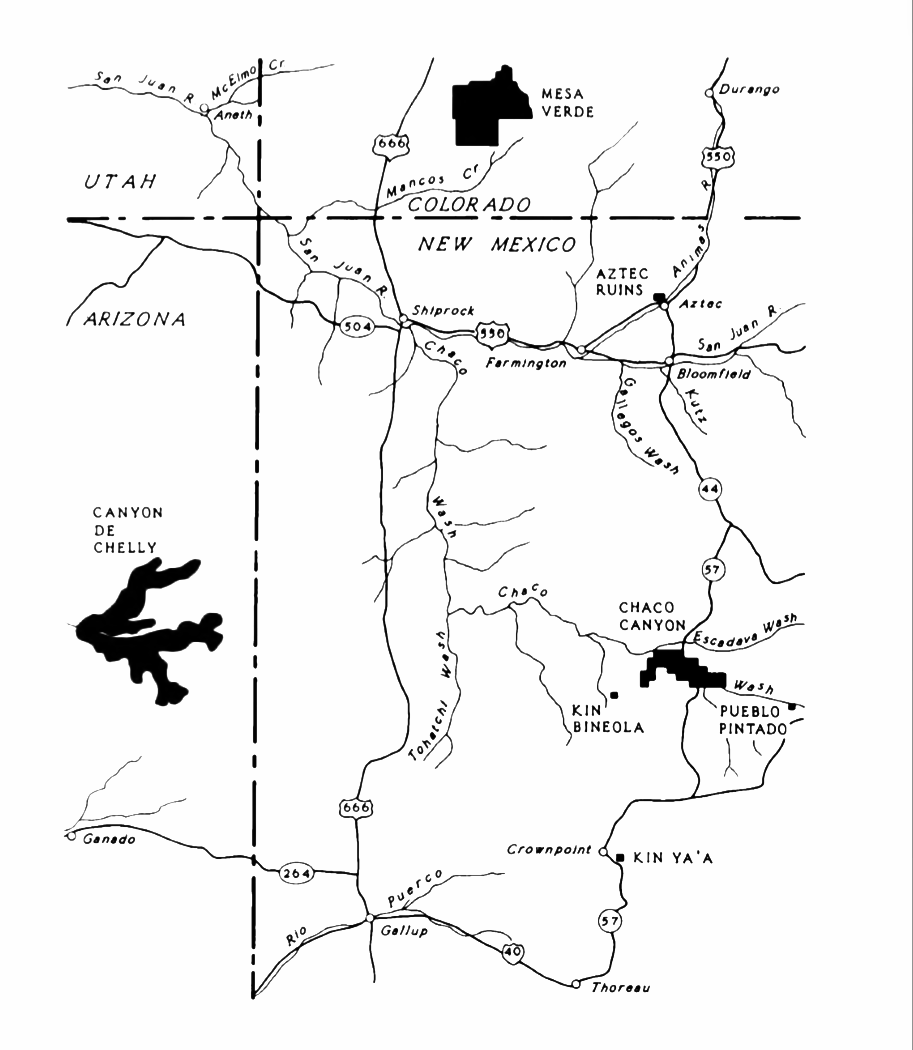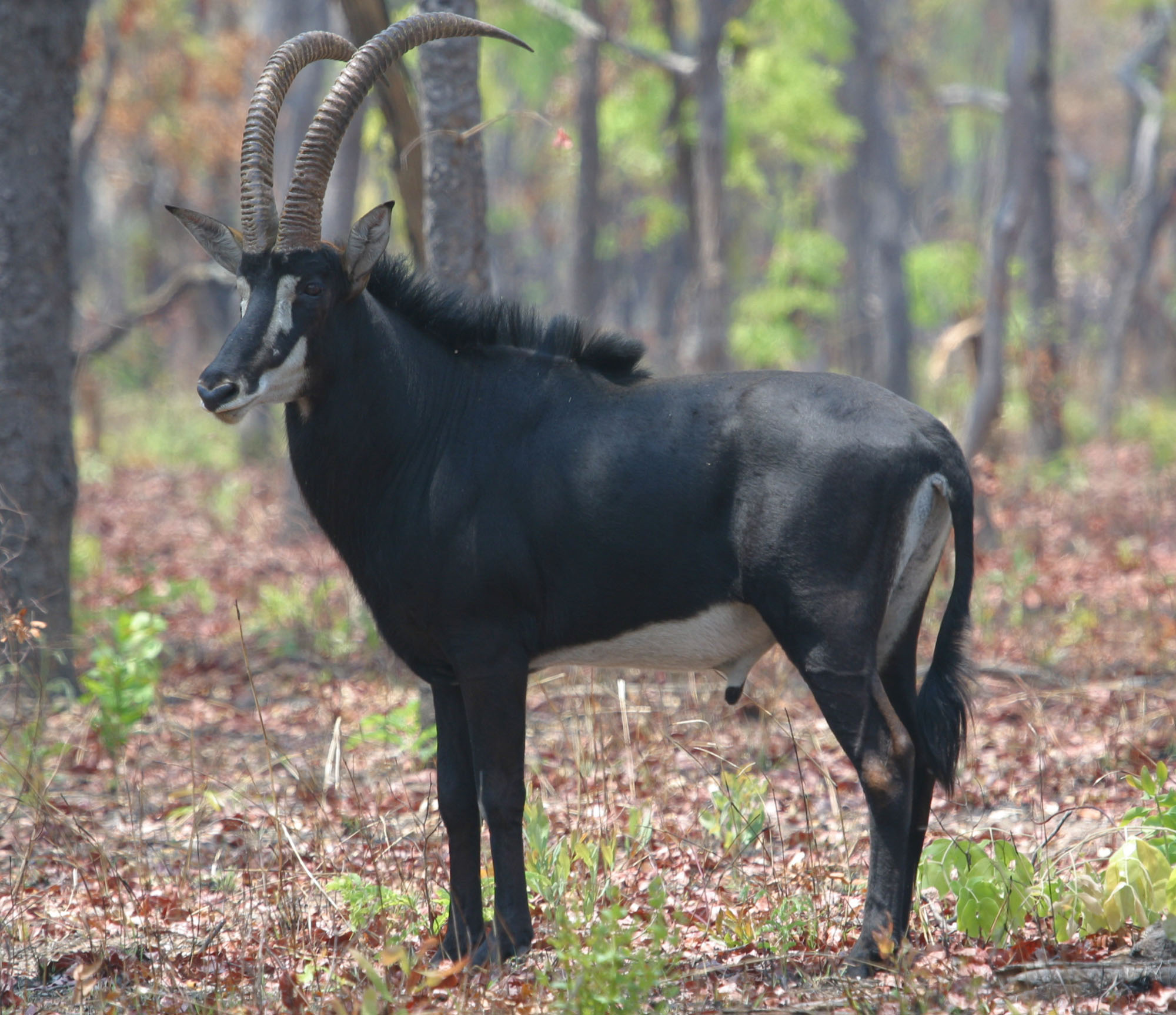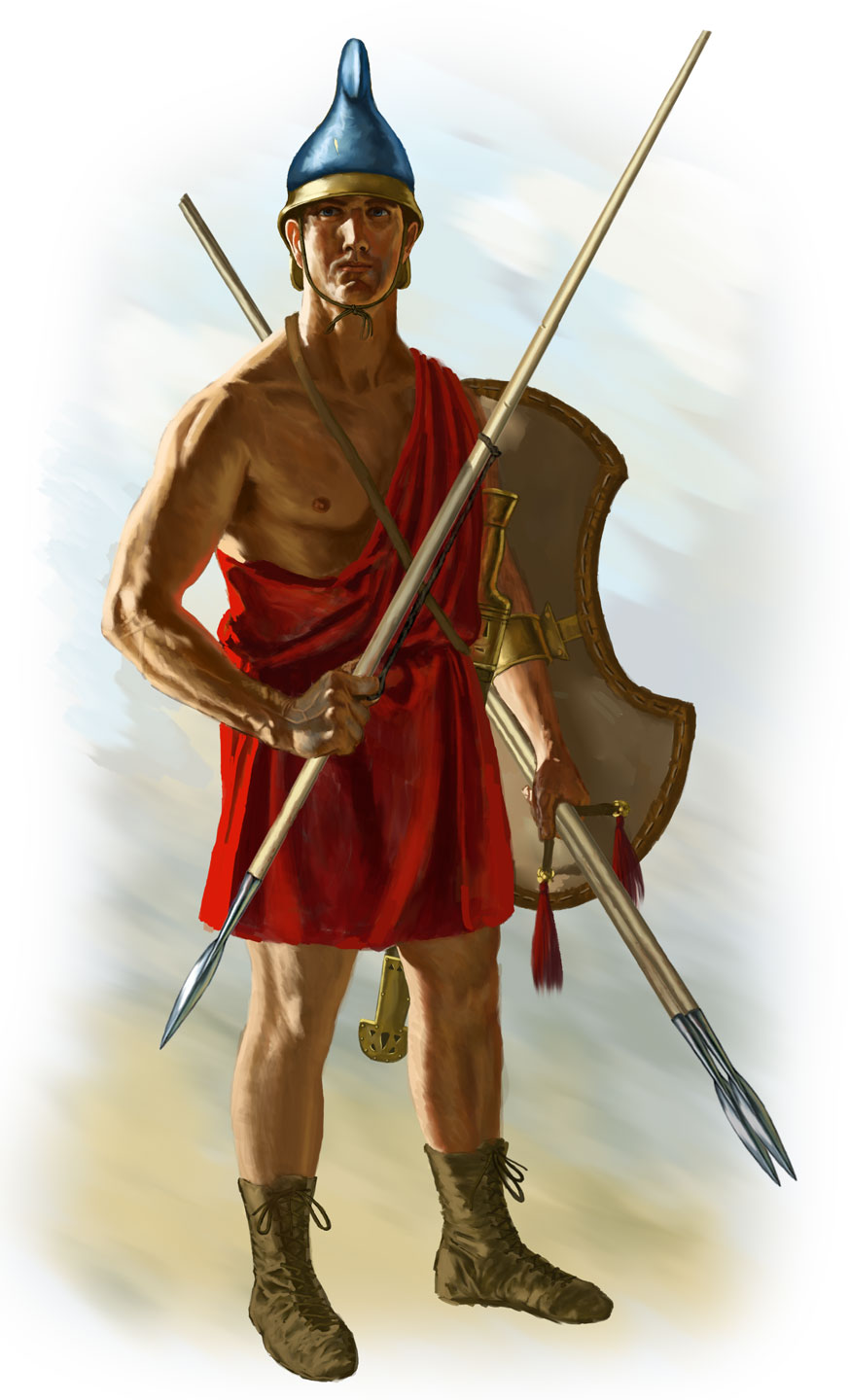|
Pecos Classification
The Pecos Classification is a chronological division of all known Ancestral Puebloans into periods based on changes in architecture, art, pottery, and cultural remains. The original classification dates back to consensus reached at a 1927 archæological conference held in Pecos, New Mexico, which was organized by the United States archaeologist Alfred V. Kidder. Original classification The original Pecos Classification contained eight stages of Southwestern prehistory, but it did not specify dates. # Basketmaker I, or Early Basketmaker II # Basketmaker II, or Late Basketmaker II # Basketmaker III, or Post-Basketmaker # Pueblo I, or Proto-Pueblo # Pueblo II # Pueblo III, or Great Pueblo # Pueblo IV, or Proto-Historic # Pueblo V, or Historic Current classification Although the original classification has been significantly debated and sometimes modified over the years, the split into Basketmaker and Pueblo periods still serves as a basis for discussing the culture of th ... [...More Info...] [...Related Items...] OR: [Wikipedia] [Google] [Baidu] |
Ancestral Puebloans
The Ancestral Puebloans, also known as Ancestral Pueblo peoples or the Basketmaker-Pueblo culture, were an ancient Native American culture of Pueblo peoples spanning the present-day Four Corners region of the United States, comprising southeastern Utah, northeastern Arizona, northwestern New Mexico, and southwestern Colorado. They are believed to have developed, at least in part, from the Oshara tradition, which developed from the Picosa culture. The Ancestral Puebloans lived in a range of structures that included small family pit houses, larger structures to house clans, grand pueblos, and cliff-sited dwellings for defense. They had a complex network linking hundreds of communities and population centers across the Colorado Plateau. They held a distinct knowledge of celestial sciences that found form in their architecture. The kiva, a congregational space that was used mostly for ceremonies, was an integral part of the community structure. Archaeologists continue to d ... [...More Info...] [...Related Items...] OR: [Wikipedia] [Google] [Baidu] |
Four Corners
Four Corners is a region of the Southwestern United States consisting of the southwestern corner of Colorado, southeastern corner of Utah, northeastern corner of Arizona, and northwestern corner of New Mexico. Most of the Four Corners region belongs to semi-autonomous Native American nations, the largest of which is the Navajo Nation, followed by Hopi, Ute, and Zuni tribal reserves and nations. The Four Corners region is part of a larger region known as the Colorado Plateau and is mostly rural, rugged, and arid. The Four Corners area is named after the quadripoint at the intersection of approximately 37° north latitude with 109° 03′ west longitude, where the boundaries of the four states meet, and is marked by the Four Corners Monument. It is the only location in the United States where four states meet. In addition to the monument, commonly visited areas within Four Corners include Monument Valley, Mesa Verde National Park, Chaco Canyon, Canyons of the Ancients ... [...More Info...] [...Related Items...] OR: [Wikipedia] [Google] [Baidu] |
Oshara Tradition
Oshara Tradition, the northern tradition of the earlier Picosa culture, was a Southwestern Archaic tradition centered in the area now called New Mexico and Colorado. Cynthia Irwin-Williams developed the sequence of Archaic culture for Oshara during her work in the Arroyo Cuervo area of northwestern New Mexico. Irwin contends that the Ancestral Puebloans developed, at least in part, from the Oshara.Stiger, Mark. (2008). ''Hunter-Gather Archaeology of the Colorado High Country.'' Boulder: The University Press of Colorado. p. 28. . Phases This sequence defines no fewer than six phases of occupation, each identified by Projectile point forms and other less well defined artifacts. :Jay phase (7,450 to 6,750 years before present) – Artifacts of hunter-gatherers, distinguished from earlier Paleo-Indians, and evidence suggests that people concentrated on hunting and gathering of locally available game and food, often living near canyon heads.Stiger, Mark. (2008). ''Hunter-Gat ... [...More Info...] [...Related Items...] OR: [Wikipedia] [Google] [Baidu] |
Bighorn Sheep
The bighorn sheep (''Ovis canadensis'') is a species of Ovis, sheep native to North America. It is named for its large Horn (anatomy), horns. A pair of horns may weigh up to ; the sheep typically weigh up to . Recent genetic testing indicates three distinct subspecies of ''Ovis canadensis'', one of which is endangered: Sierra Nevada bighorn sheep, ''O. c. sierrae''. Sheep originally crossed to North America over the Beringia, Bering Land Bridge from Siberia; the population in North America peaked in the millions, and the bighorn sheep entered into the mythology of Indigenous peoples of the Americas, Native Americans. By 1900, the population had crashed to several thousand due to diseases introduced through European livestock and overhunting. Taxonomy and genetics ''Ovis canadensis'' is one of two species of mountain Ovis, sheep in North America; the other species being ''O. dalli'', the Dall sheep. Wild sheep crossed the Bering land bridge from Siberia into Alaska during the Pl ... [...More Info...] [...Related Items...] OR: [Wikipedia] [Google] [Baidu] |
Antelope
The term antelope refers to numerous extant or recently extinct species of the ruminant artiodactyl family Bovidae that are indigenous to most of Africa, India, the Middle East, Central Asia, and a small area of Eastern Europe. Antelopes do not form a monophyletic group, as some antelopes are more closely related to other bovid groups, such as bovines, goats, and sheep, than to other antelopes. A stricter grouping, known as the true antelopes, includes only the genera '' Gazella'', '' Nanger'', '' Eudorcas'', and '' Antilope''. One North American mammal, the pronghorn or "pronghorn antelope", is colloquially referred to as the "American antelope", despite the fact that it belongs to a completely different family ( Antilocapridae) than the true Old-World antelopes; pronghorn are the sole extant member of an extinct prehistoric lineage that once included many unique species. Although antelope are sometimes referred to, and easily misidentified as, "deer" ( cervids), true ... [...More Info...] [...Related Items...] OR: [Wikipedia] [Google] [Baidu] |
Deer
A deer (: deer) or true deer is a hoofed ruminant ungulate of the family Cervidae (informally the deer family). Cervidae is divided into subfamilies Cervinae (which includes, among others, muntjac, elk (wapiti), red deer, and fallow deer) and Capreolinae (which includes, among others reindeer (caribou), white-tailed deer, roe deer, and moose). Male deer of almost all species (except the water deer), as well as female reindeer, grow and shed new antlers each year. These antlers are bony extensions of the skull and are often used for combat between males. The musk deer ( Moschidae) of Asia and chevrotains ( Tragulidae) of tropical African and Asian forests are separate families that are also in the ruminant clade Ruminantia; they are not especially closely related to Cervidae. Deer appear in art from Paleolithic cave paintings onwards, and they have played a role in mythology, religion, and literature throughout history, as well as in heraldry, such as red deer that app ... [...More Info...] [...Related Items...] OR: [Wikipedia] [Google] [Baidu] |
Rabbit
Rabbits are small mammals in the family Leporidae (which also includes the hares), which is in the order Lagomorpha (which also includes pikas). They are familiar throughout the world as a small herbivore, a prey animal, a domesticated form of livestock, and a pet, having a widespread effect on ecologies and cultures. The most widespread rabbit genera are '' Oryctolagus'' and '' Sylvilagus''. The former, ''Oryctolagus'', includes the European rabbit, ''Oryctolagus cuniculus'', which is the ancestor of the hundreds of breeds of domestic rabbit and has been introduced on every continent except Antarctica. The latter, ''Sylvilagus'', includes over 13 wild rabbit species, among them the cottontails and tapetis. Wild rabbits not included in ''Oryctolagus'' and ''Sylvilagus'' include several species of limited distribution, including the pygmy rabbit, volcano rabbit, and Sumatran striped rabbit. Rabbits are a paraphyletic grouping, and do not constitute a clade, as ha ... [...More Info...] [...Related Items...] OR: [Wikipedia] [Google] [Baidu] |
Dart (missile)
Darts are airborne ranged weapons. They are designed to fly such that a sharp, often weighted point will strike first. They can be distinguished from javelins by the presence of fletching (feathers on the tail) and a shaft that is shorter or more flexible. Darts can be propelled by hand or with the aid of a hand-held implement such as a blowgun. They can be distinguished from arrows because they are not used with a Bow and arrow, bow. Darts have been used since pre-history. The plumbatae were lead-weighted darts thrown by infantrymen in Antiquity and the Middle Ages. Darts can be propelled by a number of means. The atlatl uses leverage to increase the velocity of the dart, the kestros (weapon), kestros increases the range of propelled darts using a sling, and the exhalation of a person's breath through a blowgun propels small stone points or poisoned needles with pneumatic force. In the modern era, darts have been used for recreation in lawn darts and the game of darts. Histo ... [...More Info...] [...Related Items...] OR: [Wikipedia] [Google] [Baidu] |
Atlatl
A spear-thrower, spear-throwing lever, or ''atlatl'' (pronounced or ; Classical Nahuatl, Nahuatl ''ahtlatl'' ) is a tool that uses leverage to achieve greater velocity in Dart (missile), dart or javelin-throwing, and includes a Plain bearing, bearing surface that allows the user to store energy during the throw. It may consist of a shaft with a cup or a spur at the end that supports and propels the butt of the spear. It's usually about as long as the user's arm or forearm. The user holds the spear-thrower in one hand, gripping near the end farthest from the cup. The user puts the butt end of the spear, or dart, in the cup, or grabs the spur with the end of the spear. The spear is much longer than the thrower. The user holds the thrower at the grip end, with the spear resting on the thrower and the butt end of the spear resting in the thrower's cup. The user can hold the spear, with the index and thumb, with the same hand as the thrower, with the other fingers. The user reaches b ... [...More Info...] [...Related Items...] OR: [Wikipedia] [Google] [Baidu] |
Season
A season is a division of the year based on changes in weather, ecology, and the number of daylight hours in a given region. On Earth, seasons are the result of the axial parallelism of Earth's axial tilt, tilted orbit around the Sun. In temperate and polar regions, the seasons are marked by changes in the intensity of sunlight that reaches the Earth's surface, variations of which may cause animals to undergo hibernation or to Migration (ecology), migrate, and plants to be dormant. Various cultures define the number and nature of seasons based on regional variations, and as such there are a number of both modern and historical definitions of the seasons. The Northern Hemisphere experiences most direct sunlight during May, June, and July (thus the traditional celebration of Midsummer in June), as the hemisphere faces the Sun. For the Southern Hemisphere it is instead in November, December, and January. It is Earth's axial tilt that causes the Sun to be higher in the sky during the ... [...More Info...] [...Related Items...] OR: [Wikipedia] [Google] [Baidu] |
Hunter-gatherer
A hunter-gatherer or forager is a human living in a community, or according to an ancestrally derived Lifestyle, lifestyle, in which most or all food is obtained by foraging, that is, by gathering food from local naturally occurring sources, especially wild edible plants but also insects, Fungus, fungi, Honey hunting, honey, Eggs as food, bird eggs, or anything safe to eat, or by hunting game (pursuing or trapping and killing Wildlife, wild animals, including Fishing, catching fish). This is a common practice among most vertebrates that are omnivores. Hunter-gatherer Society, societies stand in contrast to the more Sedentism, sedentary Agrarian society, agricultural societies, which rely mainly on cultivating crops and raising domesticated animals for food production, although the boundaries between the two ways of living are not completely distinct. Hunting and gathering was humanity's original and most enduring successful Competition (biology), competitive adaptation in the nat ... [...More Info...] [...Related Items...] OR: [Wikipedia] [Google] [Baidu] |
Nomad
Nomads are communities without fixed habitation who regularly move to and from areas. Such groups include hunter-gatherers, pastoral nomads (owning livestock), tinkers and trader nomads. In the twentieth century, the population of nomadic pastoral tribes slowly decreased, reaching an estimated 30–40 million nomads in the world . Nomadic hunting and gathering—following seasonally available wild plants and game—is by far the oldest human subsistence method known. Pastoralists raise herds of domesticated livestock, driving or accompanying them in patterns that normally avoid depleting pastures beyond their ability to recover. Nomadism is also a lifestyle adapted to infertile regions such as steppe, tundra, or ice and sand, where mobility is the most efficient strategy for exploiting scarce resources. For example, many groups living in the tundra are reindeer herders and are semi-nomadic, following forage for their animals. Sometimes also described as "nomadic" are vari ... [...More Info...] [...Related Items...] OR: [Wikipedia] [Google] [Baidu] |









